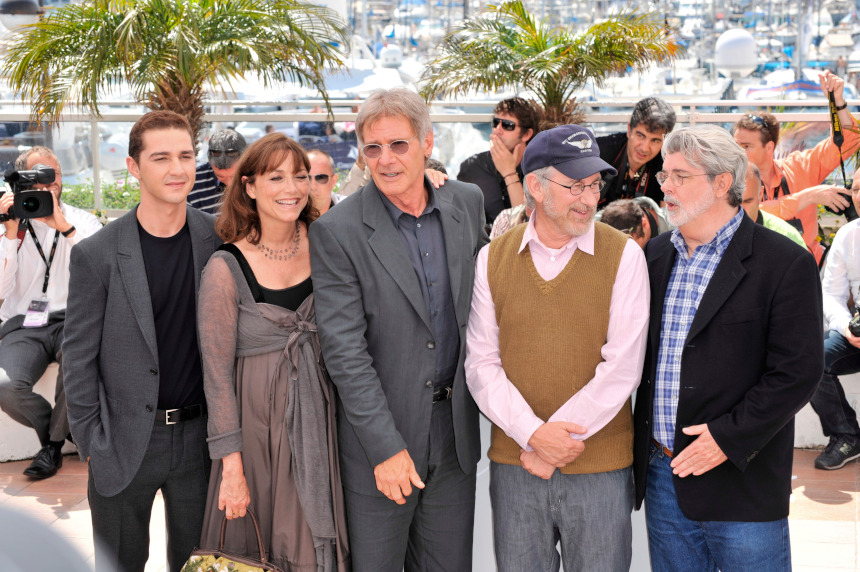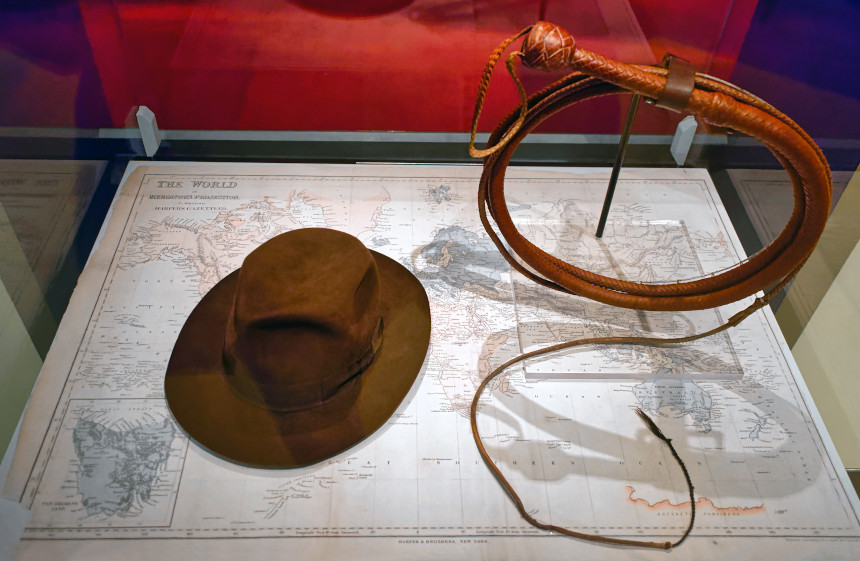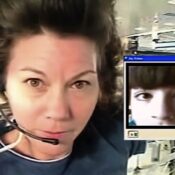The acclaimed screenwriter and novelist William Goldman once said of Hollywood, “Nobody knows anything.” Case in point: not only were experts predicting that Raiders of the Lost Ark wouldn’t be the biggest film of the summer of 1981, there was those that were forecasting that audiences had little interest in it at all. Despite the fact that the film represented a team-up of friends and hitmakers George Lucas and Steven Spielberg with Harrison Ford in the lead, naysayers held that an old-fashioned serial-inspired film wouldn’t be much of a hit. However, like an excavation crew using the wrong size of staff in the Map Room of Tanis, those pessimists were digging in the wrong place. Raiders of the Lost Ark proved to not only be a blockbuster, but one of the greatest adventure films ever made.
The film industry in 1981 was in a state of flux. The previous year had seen a huge success in The Empire Strikes Back, but overall box office was down. Most observers predicted that Superman II was going to be the biggest movie of the year. Movie theaters overall were furiously active; there was a huge upswing in the horror genre alongside three major werewolf movies, a number of high-profile comedies were rolled out (including Stripes, Arthur, The Cannonball Run, Time Bandits, and comedy-drama On Golden Pond), and Roger Moore was back as James Bond in For Your Eyes Only. Raiders wasn’t expected to do much against the Man of Steel.
While that seems like a strange take today, it should have seemed strange back then. Lucas was coming off of three huge hits in a row with American Graffiti, Star Wars, and Empire. Spielberg’s 1979 comedy 1941 had been poorly received, but that was following two mammoth successes in Jaws and Close Encounters of the Third Kind. Part of the lack of overall confidence seemed to stem from the movie’s setting and inspiration. Lucas, who co-created the concept with Phillip Kaufman and expanded it with Spielberg, was aiming to recapture the feel of the adventure serials of the 1930s and 1940s. There were those that felt that a movie like Raiders was too old-fashioned in the sci-fi boom that Lucas and Spielberg helped to create.
The original trailer for Raiders of the Lost Ark (Uploaded to YouTube by Movieclips Classic Trailers)
But here’s the thing that the observers forgot to account for: in the entertainment business, being entertaining is what matters. You can come up with 100 reasons why something shouldn’t work or won’t work, but when it does work, all that matters is that it works. It’s what Martin Scorsese gets both right and wrong about Marvel films: the most entertaining films ARE thrill rides. The best dramas, the best comedies, the best adventures . . . they all hit you with surprise turns that can make you laugh or make you scared or just make you feel exhilaration. Raiders throws so many things at you that, even if they’re familiar things, you just don’t know what’s coming next. Being old-fashioned totally worked for it in one way, because it allowed for an additional thrill of rediscovery.
The boost provided by Harrison Ford in the lead is almost incalculable. Indiana Jones runs counter to the action stars that would dominate the 1980s. He’s not cut from the muscly cloth of Arnold or Stallone; he’s not a marital artist like Norris or Van Damme. Sure, he has physical prowess, he carries a gun, and he’s got that bullwhip, but Jones navigates most situations with a blend of quick-thinking and trusting to luck. If he resembles anyone else in the ‘80s action pantheon, it’s Die Hard’s John McClane, another guy that manages to stay one step ahead of certain death for the same reasons. Ford essays Jones with a blend of world weariness that’s occasionally broken up by the sheer wonder of discovery. Finding hidden idols or lost tombs is his motivation; doing so while thwarting Nazis is an excellent bonus.
Much credit is due to screenwriter Lawrence Kasdan who took the disparate ideas of Lucas, Kaufman, and Spielberg and combined them, layering in hints at backstory for Jones while humanizing him. He also further developed the support characters like Marion Ravenwood (Karen Allen), Belloq (Paul Freeman), and Sallah (John Rhys-Davies), and added more connective tissue between some of the big action sequences envisioned by Lucas and Spielberg.
And, of course, it’s the action sequences that drove a lot of the original word-of-mouth for the film. Big and bold, inspired by old school adventure films and driven by last-minute escapes, the stunt-filled scenes manage to be filled with story and character moments. Yes, Indy’s quick dispatching of the black-garbed Cairo swordsman arose from Ford’s bout with the flu, but it’s memorable and comes across like a character bit. So does Indy’s fistfight with the large German mechanic on the airfield; he’s outmatched, but he refuses to give us and wins out of sheer awareness of his surroundings. One of the effects experts that helped create these sequences was visual effects artist and art director Joe Johnston, who would later successfully revisit the World War II era as the director of The Rocketeer and Captain America: The First Avenger.

To circle back to word-of-mouth, it’s obvious that positive reviews and glowing assessments from audiences drove the traffic for the movie. Opening on June 12, it debuted at #1, then slid for a couple of weeks. However, it was moving back up by week four, took #1 again in week six, and spent most of the next two months on top. The film did such steady business that it didn’t even officially depart screens until March of the following year. It easily became the biggest domestic moneymaker of the year, surpassing number two entrant On Golden Pond by almost $100 million.
So what makes Raiders, well, Raiders? It’s the rare film where everything works. The leads are likeable, the bad guys are hateable (after all, they’re Nazis), the pace is relentless, the action is incredible, the humorous bits work, the scary bits land, and the music by the incomparable John Williams keeps it all together. 40 years later, it still looks and sounds great (five Oscars in the art direction, visual effects, and sound categories remind you of that). It remains an outstanding entertainment.
The love for Raiders of the Lost Ark has never really gone away. With three hit sequels spanning 1984 to 2008 and another film in production, the adventures of Indiana Jones remain part of the culture. Harrison Ford made us believe in a hero that’s larger than life and a regular guy at the same time. He’s a serious scholar and an action hero, but he has issues with his dad, is frequently terrible with women, and is deathly afraid of snakes. He’s the exceptional every-guy that ultimately tries to do the right thing. In a world with Superman and James Bond, Indiana Jones still managed to be the favorite hero of that particular year, and remain one for the ages. He’s been around for a while, but it doesn’t look like he’s quite ready for the museum yet.
Featured image: Maximin Stock / Shutterstock
Become a Saturday Evening Post member and enjoy unlimited access. Subscribe now



